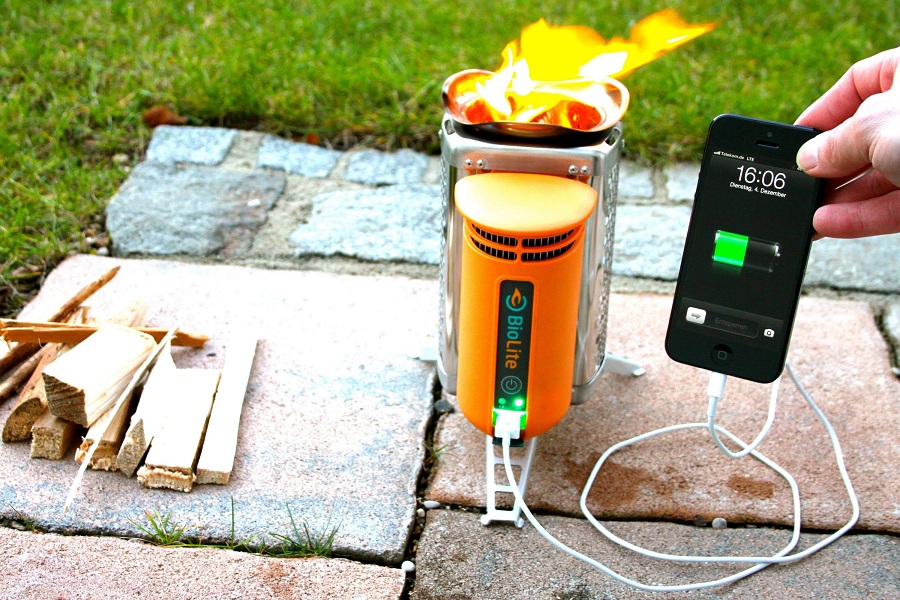It’s always unsettling when the lights go out. It’s easy to accidentally bang your knee on the coffee table (though, at least this time, you can blame the lack of electricity).
However, the fact that you can’t charge your phone is certainly terrifying. Those who are always attached to their phones may find this frustrating. However, if the phone is the only method to reach emergency services or help of any kind, it might be a matter of life and death.
That being said, we’ve compiled a few suggestions for how to keep your phone powered up in the absence of an outlet. The most obvious is to check around your house to see what possibilities are already available.
Use a Wood-Fired Charger
You might be wondering how this is possible, but it’s a reality: a wood-fired camp stove that powers a USB port to charge a phone. If you have a BioLite CampStove 2, for example, all you need are a few twigs to start a fire. Its fan can generate electricity, and its 3,200 mAh battery can then charge your phone. When there is no electricity, a fire can be used to boil water and cook food. (Obviously, you shouldn’t use this indoors; you don’t want to risk starting a fire.)
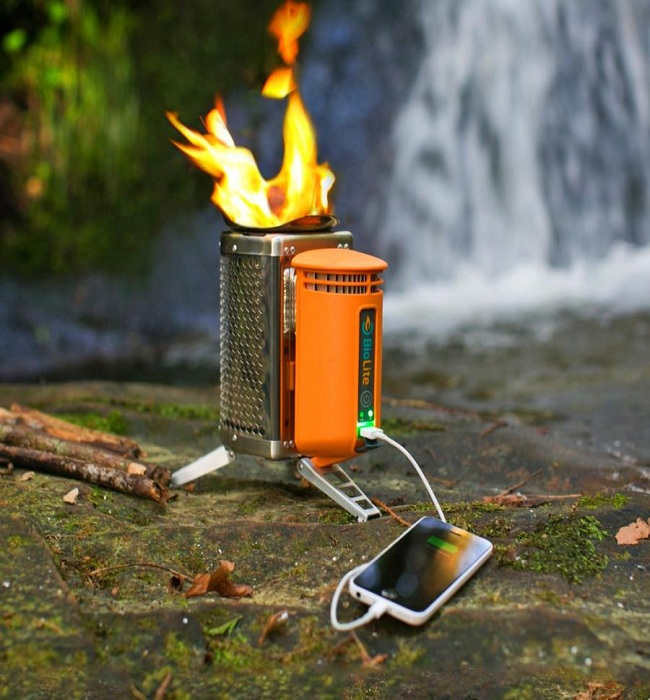
Attempt to Use a Hand-Crank Charger
Of course, hand-crank chargers aren’t the most effective way to keep your phone powered, but they can be useful in a pinch, especially if you’re out in the middle of nowhere without a portable battery pack. Even if you only get one call after ten minutes of cranking the machine, it could be the difference between life and death.
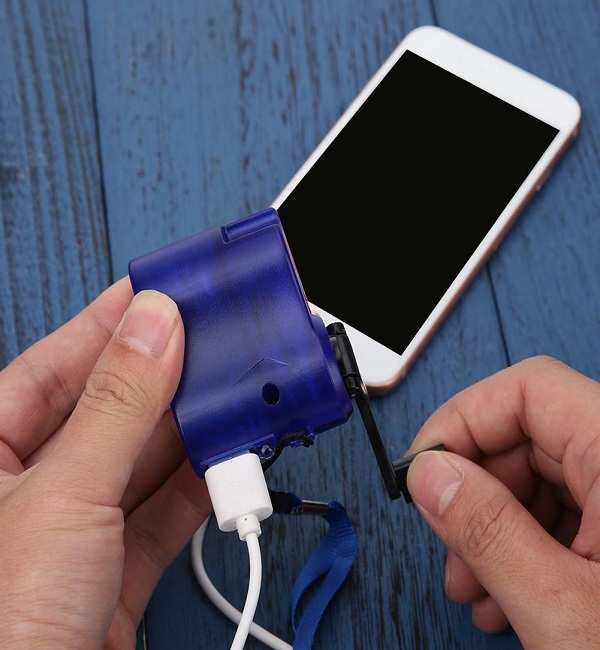
Invest in a Solar Charger
Phones and other electronics can be charged using solar banks that come equipped with USB connectors. Solight’s waterproof origami-style power bank doubles as a lantern and a charger, both of which come in handy during power outages. Ten hours of sunlight can power a light source for another forty-eight.
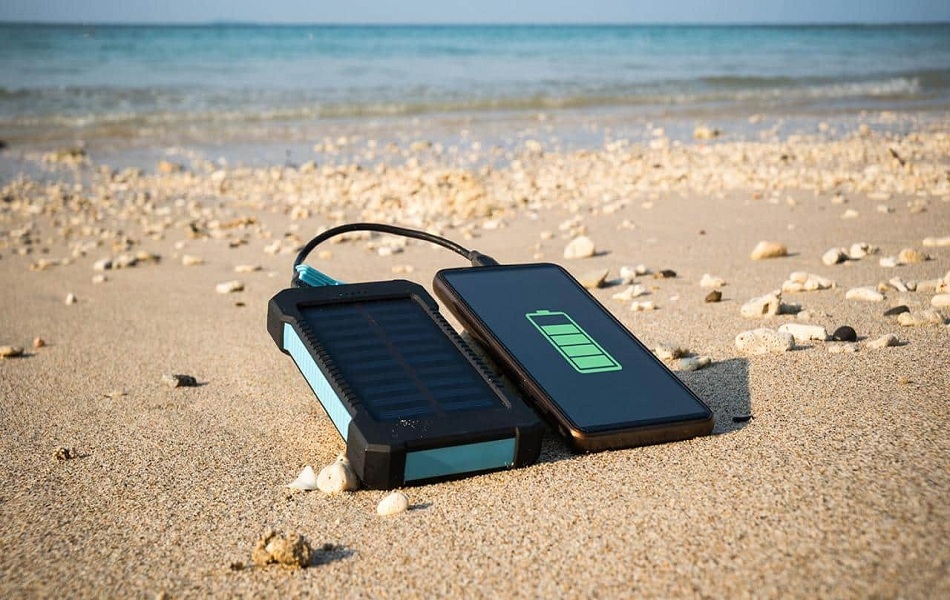
Eight D-Cell Batteries, Paper Clips, Some Tape & a Car Charger
Using eight D batteries, paper clips, and tape, a phone charger can be powered, as demonstrated in a Reddit post by user BowTieBoy. The paper clips are used to join the batteries’ positive and negative ends together. To obtain energy, the charger is plugged into the end terminals. (Another user named tysoasn offered a hastily sketched diagram in which the lines stand in for paper clips.) The user’s cousin basically fashioned a power pack.
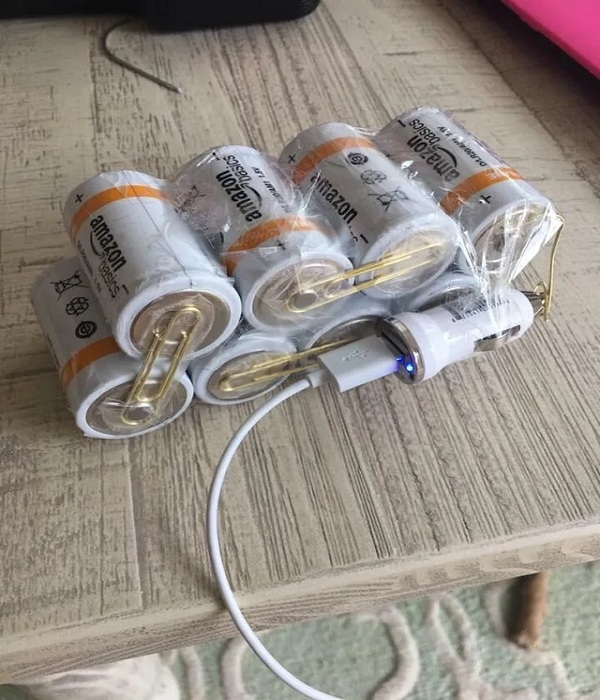
Laptop/Car battery
Even if your laptop is completely charged, it won’t be able to connect to the internet or send emails if there is no electricity. Your laptop essentially becomes an expensive battery for your mobile device. Charge your phone by using a connector. Remember to keep your phone in low-power mode to avoid using more power than necessary.
You can also use your car. Many relatively modern cars have USB connections, so you can charge your phone just by turning on the battery if you have a charger that can be plugged into the car. If you must start the car, make sure you do so carefully. Garages can become dangerously polluted with carbon monoxide, so if you park your automobile there, you should move it outside. It might not be safe to just open the garage door.

Always have a Portable Charger on Hand
Make sure you have a couple fully charged portable chargers before a storm hits. These are particularly helpful for folks who are constantly on the go and don’t feel like fighting for access to power outlets and public charging stations at hotels, airports, and other public places. These external battery packs can extend the life of your phone by anywhere from one to seven full charges, depending on the model, and the price you’re prepared to pay for that convenience.

Various Plastic Bottles and Plates, Wire, Rods, and Other Recyclables (And Lots of Running Water)
This one is a bit more labor-intensive than the battery option, but it’s also a lot more stylish. Unless you’re an extremely well-prepared camper, you probably won’t have a stepping motor or a rectifier circuit in the woods, but you probably do have those things at home. Also, if you have access to running water, you should have no trouble producing the water flow required to build the hydroelectric generator.

